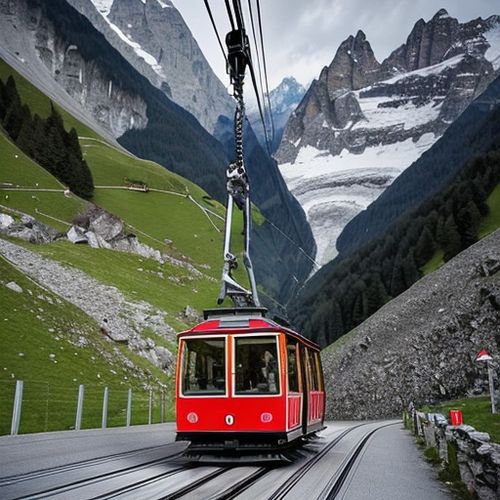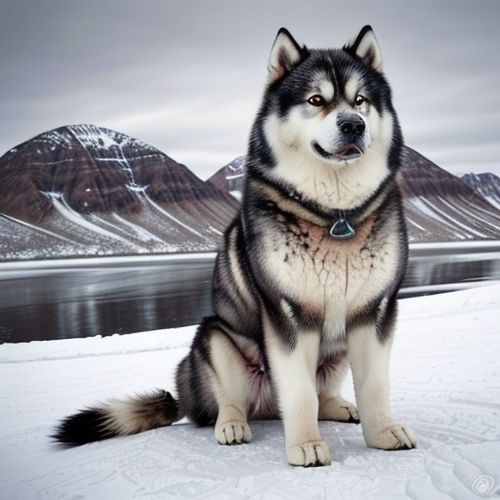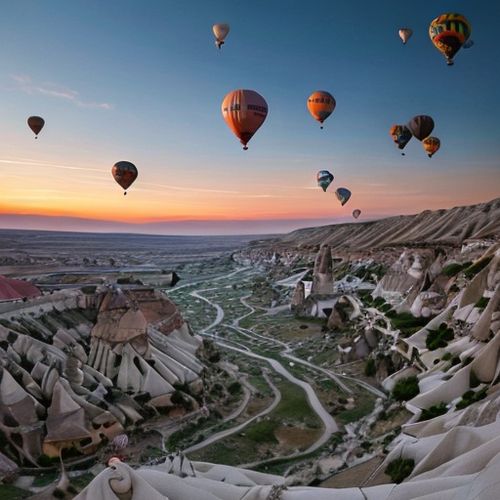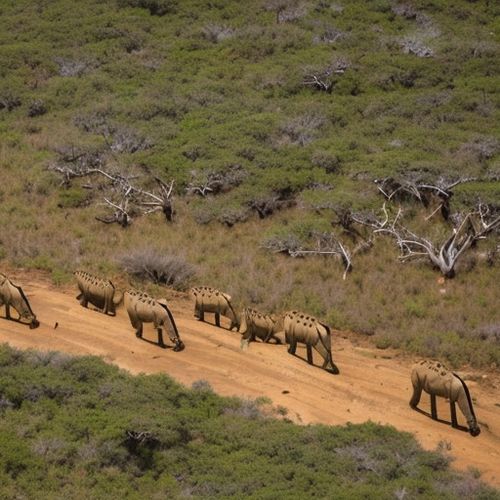The Alaskan Malamute, a breed often mistaken for its Siberian cousin, stands as a testament to endurance, strength, and the unyielding spirit of the Arctic. With a history deeply rooted in the harsh landscapes of Alaska, these dogs have been indispensable companions to the indigenous Mahlemut people, from whom they derive their name. Their thick double coats, powerful builds, and unwavering loyalty have made them not just sled dogs but also cherished family members and symbols of resilience.
Unlike the Siberian Husky, which is built for speed, the Alaskan Malamute is designed for power. These dogs were bred to haul heavy loads over long distances, a trait that is evident in their muscular frames and broad shoulders. Standing at up to 25 inches at the shoulder and weighing as much as 85 pounds, they are imposing figures. Yet, their expressive faces, often marked by striking facial masks and plumed tails carried over their backs, give them an almost regal appearance. Their almond-shaped eyes, usually brown, exude intelligence and a quiet confidence.
The Malamute’s coat is a marvel of natural engineering. A dense, woolly undercoat provides insulation against temperatures that can plummet to -70°F, while a longer, coarse outer coat repels snow and ice. This combination allows them to thrive in environments where most animals would falter. Their coats come in various shades, including gray, black, sable, and red, often with white markings on the face, legs, and underbelly. Grooming is a significant commitment, as their heavy shedding—especially during seasonal changes—requires regular brushing to prevent matting and to manage the inevitable "Malamute glitter" that seems to coat every surface in their vicinity.
Beneath their rugged exterior lies a temperament that is both gentle and playful. Malamutes are known for their affectionate nature, particularly with their families. They are not guard dogs; their friendly disposition means they are more likely to greet an intruder with a wagging tail than a growl. However, their independence and intelligence can make them stubborn, a trait that harks back to their working roots. Training requires patience, consistency, and a sense of humor, as these dogs often exhibit a mischievous streak. They thrive on mental and physical stimulation, and without it, they may resort to creative—and often destructive—ways to entertain themselves.
The breed’s history is as rich as its personality. The Mahlemut people, an Inuit tribe, relied on these dogs for survival. Malamutes were used to hunt seals, track bears, and transport supplies across frozen terrain. Their ability to work in harmony with humans and other dogs was crucial in a land where cooperation meant the difference between life and death. When the gold rush brought an influx of outsiders to Alaska, Malamutes were crossbred with other dogs, threatening the purity of the breed. Dedicated breeders in the early 20th century worked to preserve the Malamute’s lineage, leading to its recognition by the American Kennel Club in 1935.
Today, the Alaskan Malamute’s role has shifted from survival partner to beloved companion, though their working instincts remain strong. They excel in dog sports like weight pulling, skijoring, and backpacking, activities that channel their energy and intellect. Yet, they are not suited for everyone. Their size, strength, and need for exercise make them a poor fit for apartment living or first-time dog owners. They require space to roam, a job to do, and an owner who understands their unique needs.
Health-wise, Malamutes are generally robust, but like all large breeds, they are prone to certain conditions. Hip dysplasia, a malformation of the hip joint, is a common concern, as is inherited polyneuropathy, a neurological disorder. Regular veterinary check-ups, a balanced diet, and proper exercise can help mitigate these risks. Their lifespan averages 10-14 years, though some live longer with exceptional care.
In popular culture, the Malamute’s striking looks and noble demeanor have made them a favorite in films and advertisements. Yet, those who share their lives with these dogs know that their true beauty lies in their spirit. They are not pets but partners, embodying a legacy of strength, loyalty, and adventure. To own a Malamute is to embrace a piece of the wild, a living connection to the untamed heart of the North.

By William Miller/Apr 28, 2025

By Sophia Lewis/Apr 28, 2025

By Megan Clark/Apr 28, 2025

By George Bailey/Apr 28, 2025

By Ryan Martin/Apr 28, 2025

By Sophia Lewis/Apr 28, 2025

By Laura Wilson/Apr 28, 2025

By Ryan Martin/Apr 28, 2025

By Benjamin Evans/Apr 28, 2025

By Sophia Lewis/Apr 28, 2025

By Rebecca Stewart/Apr 28, 2025

By Sophia Lewis/Apr 28, 2025

By Noah Bell/Apr 28, 2025

By Laura Wilson/Apr 28, 2025

By Emma Thompson/Apr 28, 2025

By Christopher Harris/Apr 28, 2025

By David Anderson/Apr 28, 2025

By David Anderson/Apr 28, 2025

By Victoria Gonzalez/Apr 28, 2025

By Rebecca Stewart/Apr 28, 2025